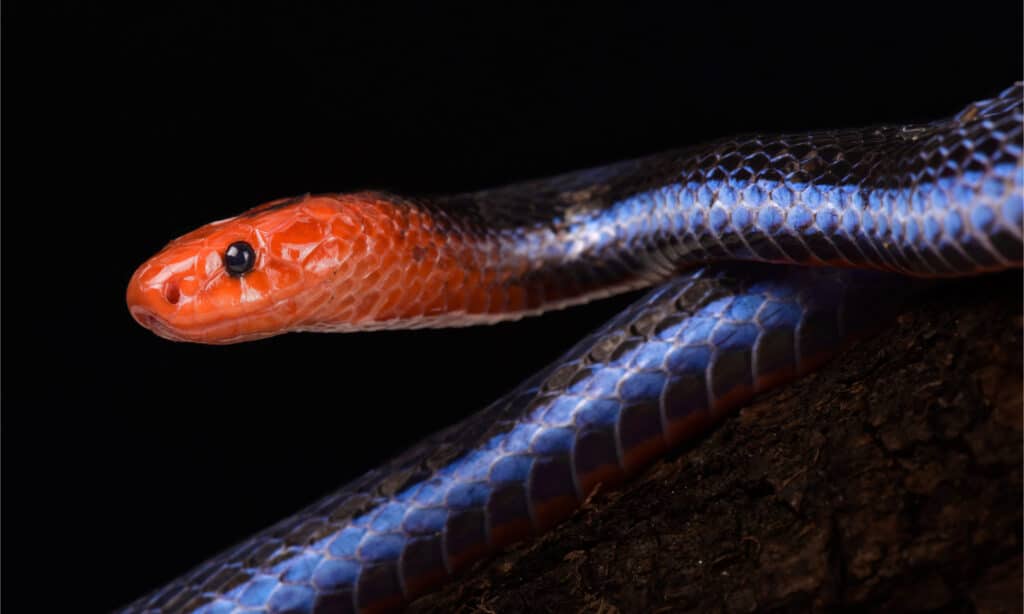Introduction
Tiger snakes are among one of the most well-known and been afraid reptiles in Australia, extensively acknowledged for their striking look and potent venom. This write-up intends to delve into the ins and outs of the tiger serpent's habitat, circulation, habits, and what one can expect when experiencing these remarkable creatures. By recognizing where to find them and exactly how to browse potential threats, you can appreciate their duty in the community while guaranteeing your safety and security.
Tiger Snake Habitat: Where to Locate Them and What to Expect
Tiger serpents are predominantly located in southeastern Australia, consisting of Tasmania, where they prosper in a range of atmospheres. Their flexibility enables them to occupy varied surfaces such as seaside regions, wetlands, meadows, and even city areas.
Geographical Distribution of Tiger Snakes
The geographical reach of tiger snakes expands across several Australian states. They are particularly common in:
- Tasmania: The Tasmanian tiger serpent is one of one of the most acknowledged subspecies. Victoria: Located near water bodies like rivers and lakes. New South Wales: Liking bushland locations near water sources. Western Australia: More frequently seen around swamps and estuaries.
Understanding the geographical distribution is vital for both preservation initiatives and public recognition regarding encounters with these snakes.
Preferred Environments of Tiger Snakes
Tiger snakes grow in various habitats. Below are some common settings where they may be found:
Wetlands: They like marshy or boggy areas where they can access prey easily. Coastal Regions: Near beaches or rocky coastlines supply bountiful food resources like fish and amphibians. Forested Areas: Dense thicket provides shelter from killers while offering searching grounds.Behavioral Patterns Associated with Habitat
Understanding tiger snake behavior within their habitats is vital for interaction management:
- Nocturnal Activity: Tiger snakes often tend to be much more active throughout twilight hours (sunset and dawn), making them harder to identify throughout daytime. Territorial Nature: They display territorial actions; hence, it's critical to appreciate their space if encountered.
This understanding can assist mitigate unwanted interactions in between people and tiger snakes.
Are Tiger Snakes Venomous?
Yes, tiger serpents are without a doubt poisonous. Their venom includes neurotoxins that can cause paralysis and even death if untreated.
What Makes Their Poison Dangerous?
The effectiveness of a tiger snake's venom differs depending upon numerous elements:
- Geographic location Individual health Quantity infused throughout a bite
Symptoms of a Tiger Snake Bite
Recognizing symptoms early is critical:
- Pain at the bite site Swelling Difficulty breathing
Immediate medical interest is necessary if bitten.
First Aid for Serpent Bites
Knowing first aid treatments can be lifesaving in situation of a snake bite.
First Help Tips for Serpent Bites
Stay tranquility; maintain the affected location still. Call emergency services immediately. Apply a stress plaster above the bite site. Keep the specific relaxing till assistance arrives.Following these steps can significantly boost outcomes following a serpent encounter.
Where Else Can You Experience Tiger Snakes?
While they're usually located in their all-natural environments, urbanization has resulted in enhanced experiences with humans.

Urban Encounters
Tiger snakes may venture right into yards or parks searching for food or water sources.
Precautions When Hiking or Exploring
When checking out areas recognized for tiger serpent environments:
- Wear thick boots Stay on paths Be vigilant
Taking these safety measures will certainly aid minimize risks while you appreciate nature.
Baby Tiger Snakes: An One-of-a-kind Point Of View on Growth
Just like grownups, infant tiger snakes are birthed venomous yet smaller in dimension.
Characteristics of Child Tiger Snakes
- Size: Generally around 20-- 30 cm when born. Appearance: Sport similar coloration as adults however may have lighter bands initially.
Understanding their advancement aids in appreciating their eco-friendly duty from infancy onward.
FAQs concerning Tiger Snakes
1. Are all tiger snakes venomous?
Yes, all types of tiger serpents possess poison efficient in causing severe harm.

2. How can I recognize a tiger snake?
Look for distinctive banding patterns varying from yellowish-brown to blackish colors along their bodies; grownups generally grow between 1-- 2 meters long.
3. What should I do if attacked by a tiger snake?
Seek immediate clinical interest; use emergency treatment measures as gone over earlier while maintaining calm.
4. Do infant tiger snakes position any kind of danger?
Absolutely! Regardless of their small dimension, child tiger serpents are still venomous and can provide attacks that call for serious medical attention.
5. Exist any details environments I ought to avoid?
Avoid walking through thick underbrush or near stagnant water where conditions prefer snake visibility throughout warmer months.
6. Exactly how do conservation efforts impact tiger snake populations?
Conservation efforts focus on environment preservation which directly affects population stability by ensuring sufficient food resources and risk-free breeding locations.
Conclusion
In recap, understanding "Tiger Serpent Environment: Where to Find Them and What to Anticipate" not only improves our understanding about these remarkable reptiles but additionally improves our capacity to exist together securely with them in shared brown snake baby atmospheres. From acknowledging their chosen environments to understanding how to respond effectively if bitten, detailed understanding encourages us all-- whether we're wildlife lovers or laid-back hikers-- to appreciate this remarkable aspect of Australia's Find more info natural heritage while prioritizing our safety.
This post acts as a substantial guide on whatever related to tiger snake habitats! Whether you're a devoted traveler or someone looking just for info concerning these animals, knowing exactly how they interact within their ecosystems-- and exactly how we suit yellow faced whip snake bite that picture-- is crucial!
